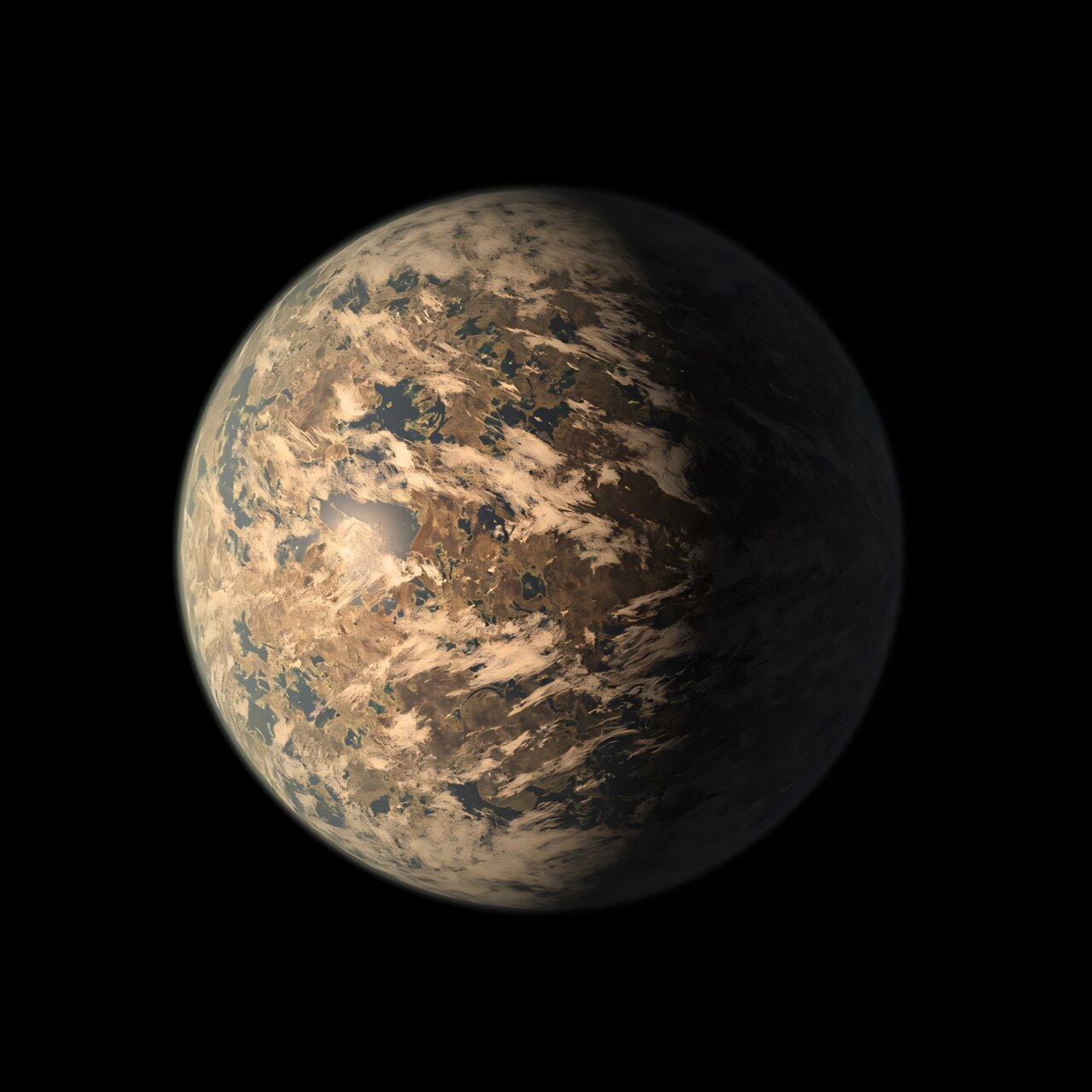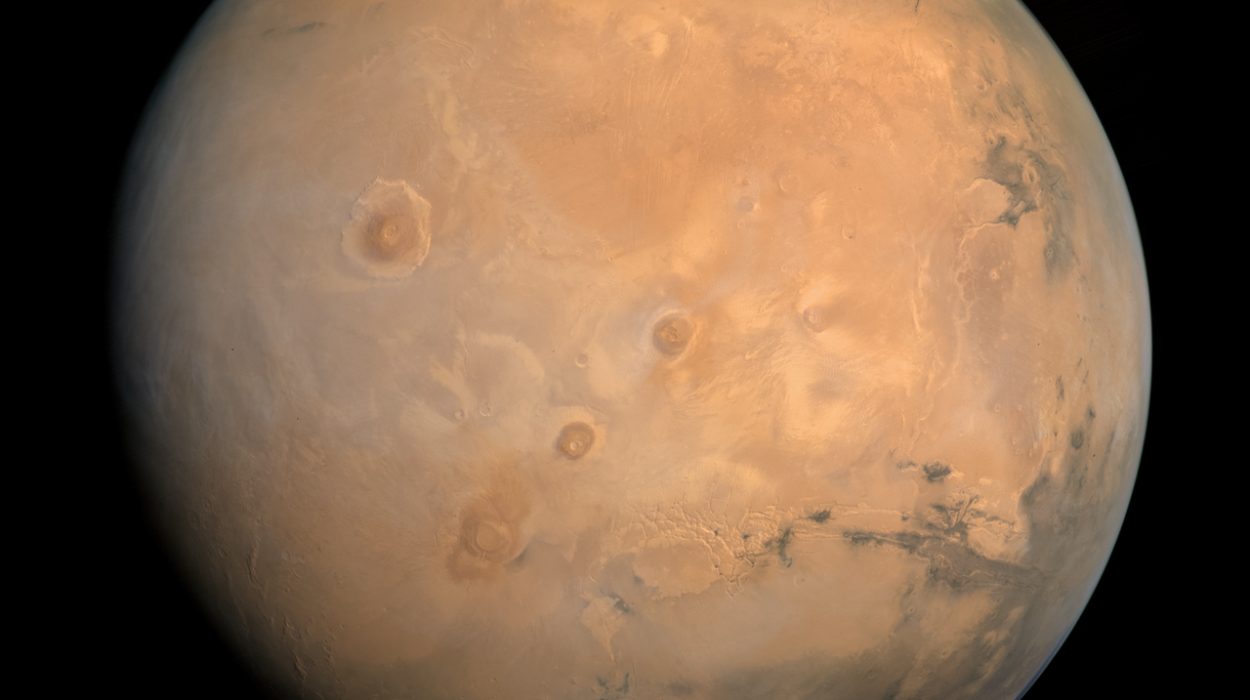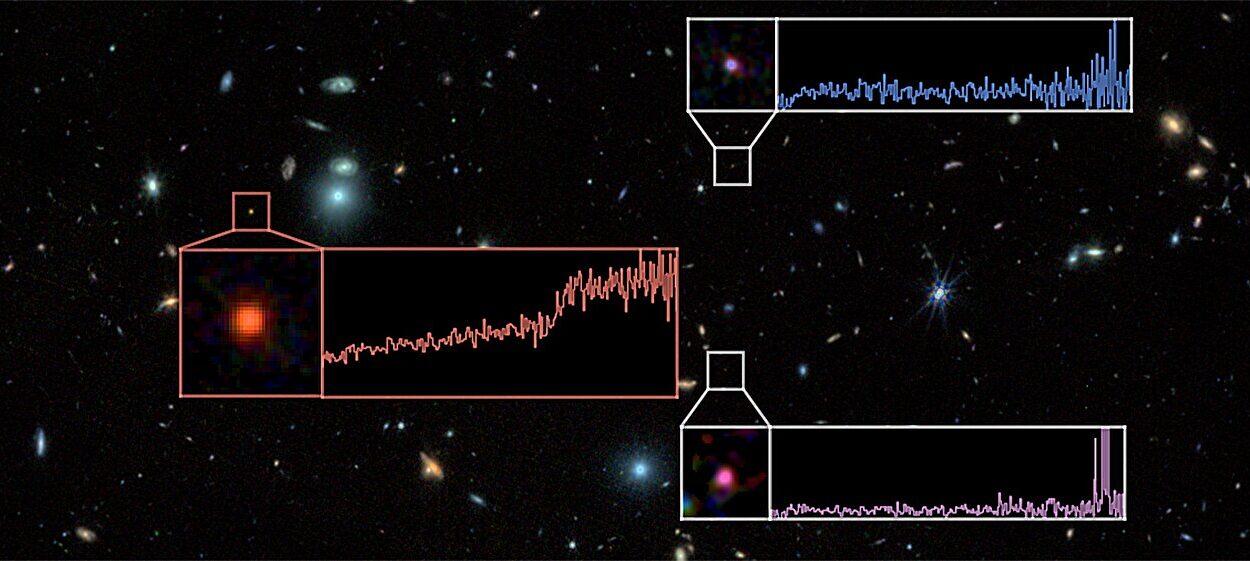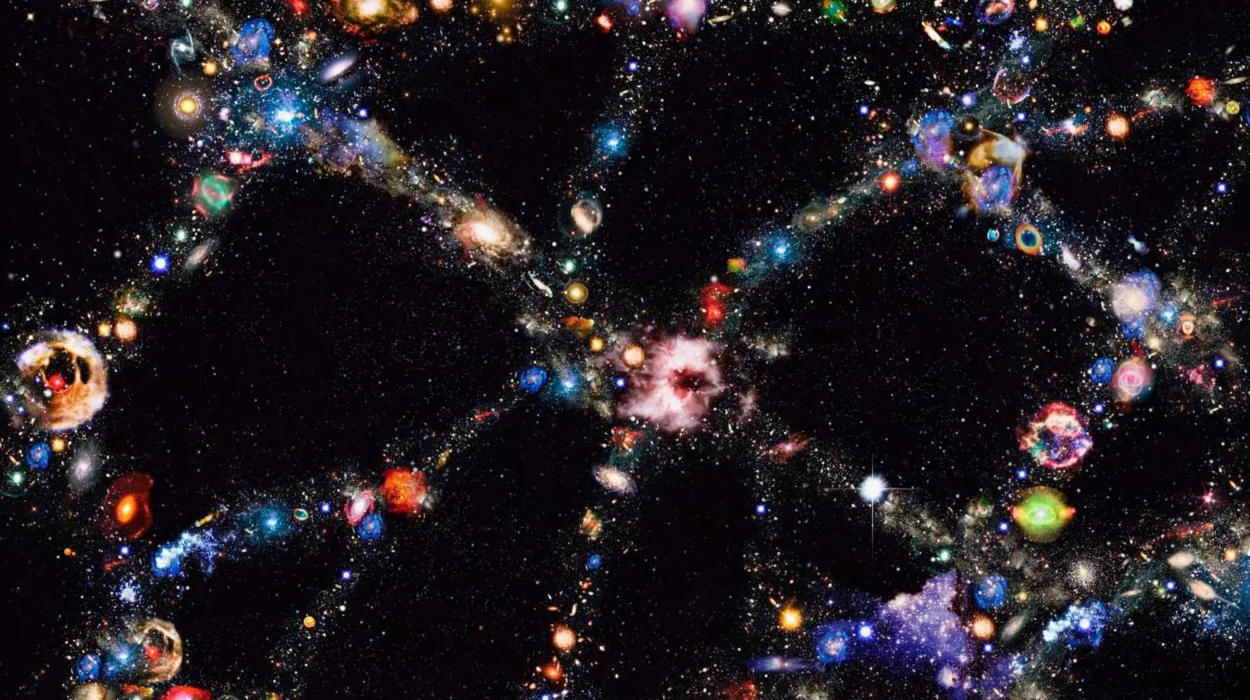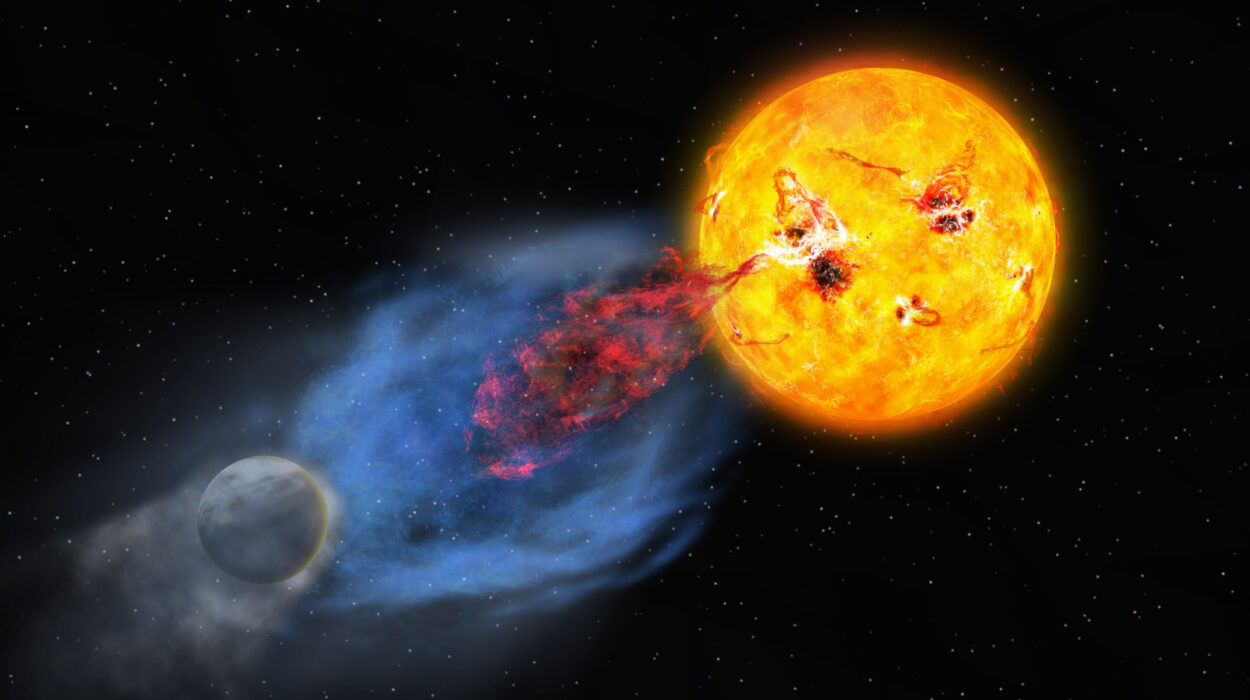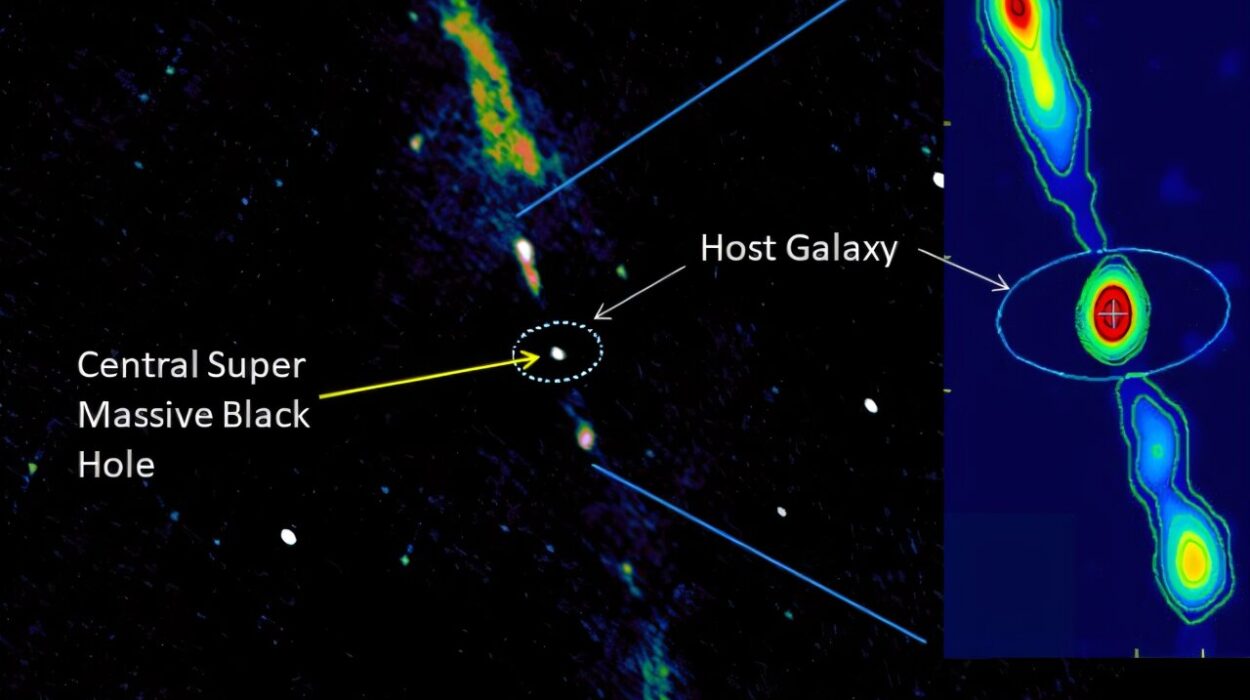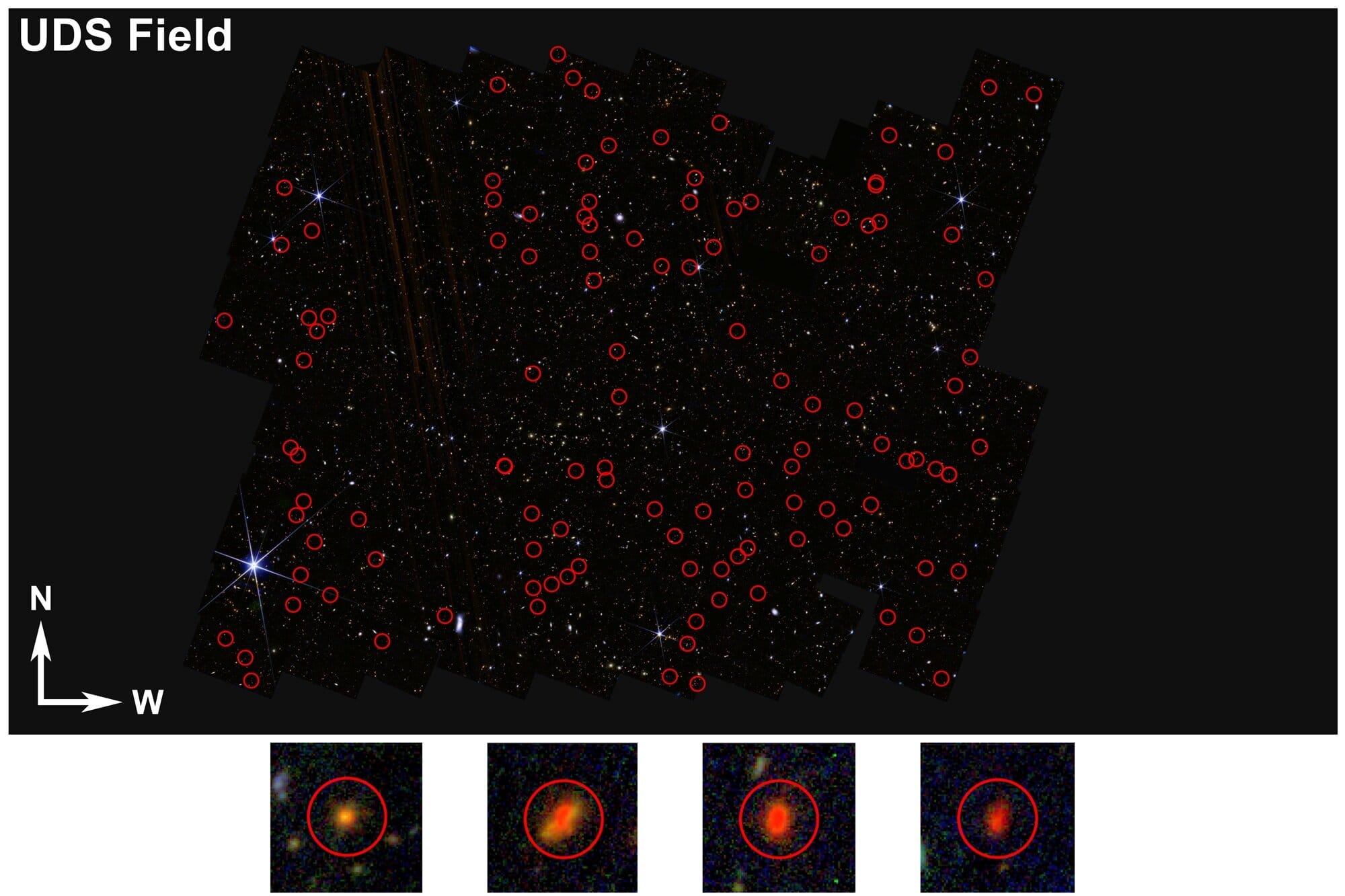When pondering the possibilities of life beyond our solar system, it’s natural to focus on individual planets. We imagine Earth-like worlds with oceans, atmospheres, and the elusive spark of biology. But increasingly, astronomers and planetary scientists are realizing that habitability isn’t just about the planet. It’s about the relationship between a planet and its star—a dynamic and sometimes violent dance that can shape, nurture, or destroy the chances for life. New research from the Florida Institute of Technology is helping to reframe this relationship, emphasizing how space weather from stars can radically alter the climates and atmospheres of potentially habitable exoplanets.
The Role of the Star in the Habitability Equation
Our own Earth benefits from a relatively gentle stellar environment. The Sun, though capable of flares and solar storms, is considered fairly quiet compared to many other stars. Earth’s magnetic field and atmosphere shield us from much of this solar aggression. But for exoplanets—especially those orbiting red dwarfs like TRAPPIST-1—the situation is vastly different. Red dwarfs are notorious for their intense and frequent stellar flares, which bathe nearby planets in torrents of high-energy particles and radiation. Even stars that appear “quiet” can produce coronal mass ejections and stellar proton events that may disrupt or even destroy planetary atmospheres over time.
These transient stellar events—short-term but powerful emissions of energy—are the focus of a new study titled “Effects of Transient Stellar Emissions on Planetary Climates of Tidally-Locked Exo-Earths,” led by Howard Chen. This research, available on the arXiv preprint server and soon to be published by the American Astronomical Society, explores how these outbursts affect not just the chemistry but also the atmospheric circulation of planets locked in synchronous rotation with their stars.
Tidal Locking: A Double-Edged Sword
Many exoplanets in the habitable zones of red dwarfs are tidally locked—one side always facing the star while the other remains in perpetual night. This creates stark temperature gradients, with a blistering day side and a frigid night side. But this division isn’t static. Atmospheric circulation works to redistribute heat and matter between the hemispheres. The question is, how does space weather from the host star alter this already complex process?
The study by Chen and his team uses 3D general circulation models (GCMs) to simulate the full behavior of planetary atmospheres in these conditions. Unlike older models that examined single vertical columns of the atmosphere (good for studying one point), GCMs allow researchers to see the big picture—how jet streams, heat waves, and chemical species move across the entire globe. This is crucial for understanding a planet like TRAPPIST-1e, which is not just tidally locked, but also constantly bombarded by its star’s volatile emissions.
Stellar Flares: A Dangerous Beauty
Flares from stars like TRAPPIST-1 are more than just photogenic outbursts of light. They emit high-energy radiation, including X-rays and ultraviolet light, as well as energetic particles that slam into nearby planetary atmospheres. These events trigger photochemical reactions—breaking apart molecules like water and carbon dioxide, leading to atmospheric loss and long-term climate effects.
In TRAPPIST-1-like systems, these flares are not rare events. The star’s magnetosphere and chromosphere remain hyperactive for billions of years, pumping out bursts that are capable of stripping atmospheres bare. Through photolysis—the process of breaking water molecules apart—these flares can liberate hydrogen, which then escapes into space. Over geological timescales, this could leave a once-water-rich planet desiccated and barren.
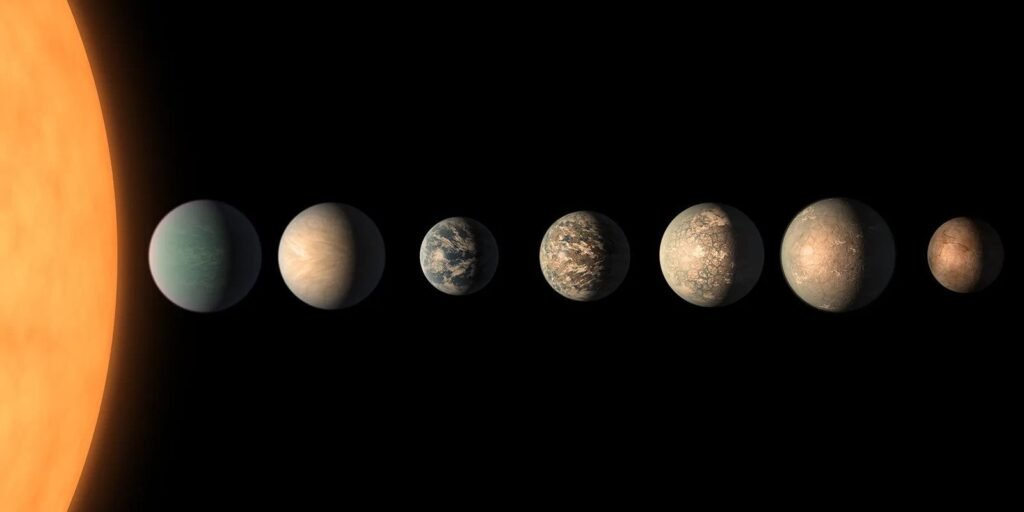
Cooling and Heating: Two Faces of Flare Impact
Flares aren’t simply destructive. They change the thermal balance of the atmosphere in surprising ways. When energetic particles hit the upper atmosphere, they excite molecules like nitric oxide (NO) and carbon dioxide (CO₂), which then radiate energy away in the infrared. This radiative cooling can lower the temperature of the thermosphere—the uppermost atmospheric layer—producing dramatic shifts in pressure and structure.
In contrast, molecules in the middle and lower atmosphere, such as water vapor and nitrous oxide (N₂O), absorb this energy and cause localized warming. This can set off intense atmospheric motion, creating winds near the terminator line (the boundary between day and night) that scream at over 140 kilometers per hour. These winds, in turn, distribute heat and chemical compounds in complex patterns across the planet’s surface.
Shifting Atmospheric Chemistry and Dynamics
What makes this research so groundbreaking is not just its scale but its nuance. By examining the effects of transient stellar emissions in a 3D framework, the researchers uncover phenomena that simpler models miss. Flares don’t just change the composition of the atmosphere—they alter its very behavior.
“Large stellar events could affect atmospheric dynamics and even alter the planets’ circulation regime in the most extreme scenarios,” the researchers write. That means that the normal flow of air, heat, and chemicals across a planet can be thrown into disarray by repeated flare activity. Jet streams can shift. Chemical hot spots can migrate. The boundary between habitable and uninhabitable regions can move over time.
And in the long term, this can mean the difference between a stable, life-supporting climate and a volatile, lifeless world.
Star Type Matters—A Lot
Not all stars pose the same threat to their planets. F, G, and K-type stars (like our Sun, a G-type) have relatively consistent flare energy outputs, but the frequency and spectral distribution vary greatly. Some stars emit mostly harmless optical light, while others unleash damaging X-rays and ultraviolet radiation. These differences stem from underlying magnetic activity and chromospheric behavior—features that are unique to each star type.
TRAPPIST-1, as an ultracool red dwarf, is especially flare-prone. But younger stars of any type are generally more active than their older counterparts. The study shows that planets orbiting these youthful stars are particularly vulnerable to long-term atmospheric disruption. Interestingly, planets around stars with sporadic rather than consecutive flaring events might be better off, because the atmosphere has time to recover between flares. Ozone layers, for example, can rebuild, reducing the cumulative damage.
Implications for Exoplanet Exploration
This research couldn’t be more timely. Upcoming missions like the Habitable Worlds Observatory and the Large Interferometer for Exoplanets aim to directly image Earth-like worlds around nearby stars. These missions will use sensitive instruments to detect the signatures of atmospheric gases—potential biosignatures like oxygen, methane, and ozone. But if these signatures are constantly being altered by space weather, then interpreting them becomes vastly more complicated.
We might look at a planet and see an oxygen-rich atmosphere and think it’s a haven for life. But that oxygen might have come from photolysis driven by repeated stellar flares—not from biology. Conversely, life might exist on a planet whose atmosphere looks strange because it’s been repeatedly reshaped by space weather. In short, understanding the impact of transient stellar emissions is crucial not just for finding life, but for recognizing it when we see it.
A Universe of Interconnected Systems
The takeaway from this study is profound: the cosmos is not a collection of isolated objects. Planets and stars are interlinked in intricate systems, where changes in one component ripple through the other. Habitability is not a static trait. It evolves over time, shaped by chemistry, physics, and stellar temperament.
Planets like TRAPPIST-1e are more than just intriguing rocky worlds in the “Goldilocks zone.” They are laboratories for extreme climate science, places where space weather shapes the destiny of worlds. The more we study these systems, the more we realize that understanding a planet’s potential for life means looking far beyond its surface.
It means looking at the star—and listening to its storms.
Reference: Howard Chen et al, Effects of transient stellar emissions on planetary climates of tidally-locked exo-earths, arXiv (2025). DOI: 10.48550/arxiv.2505.03723
